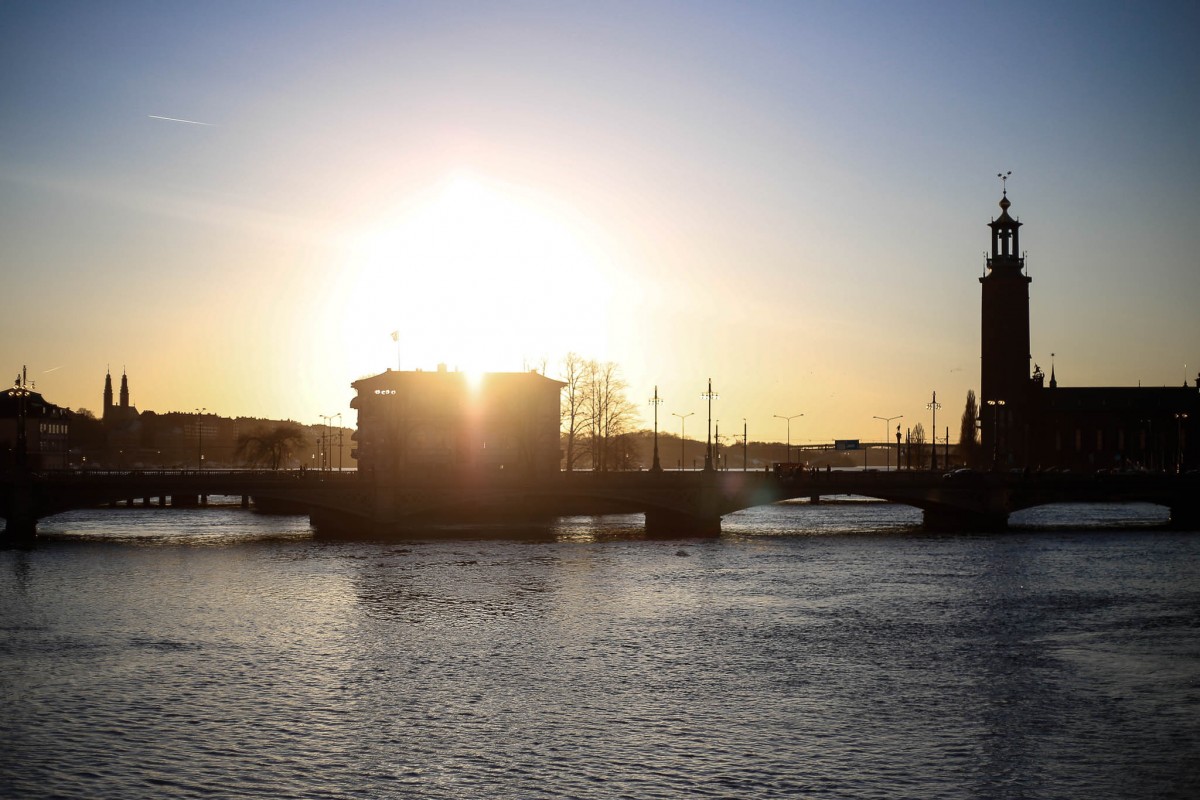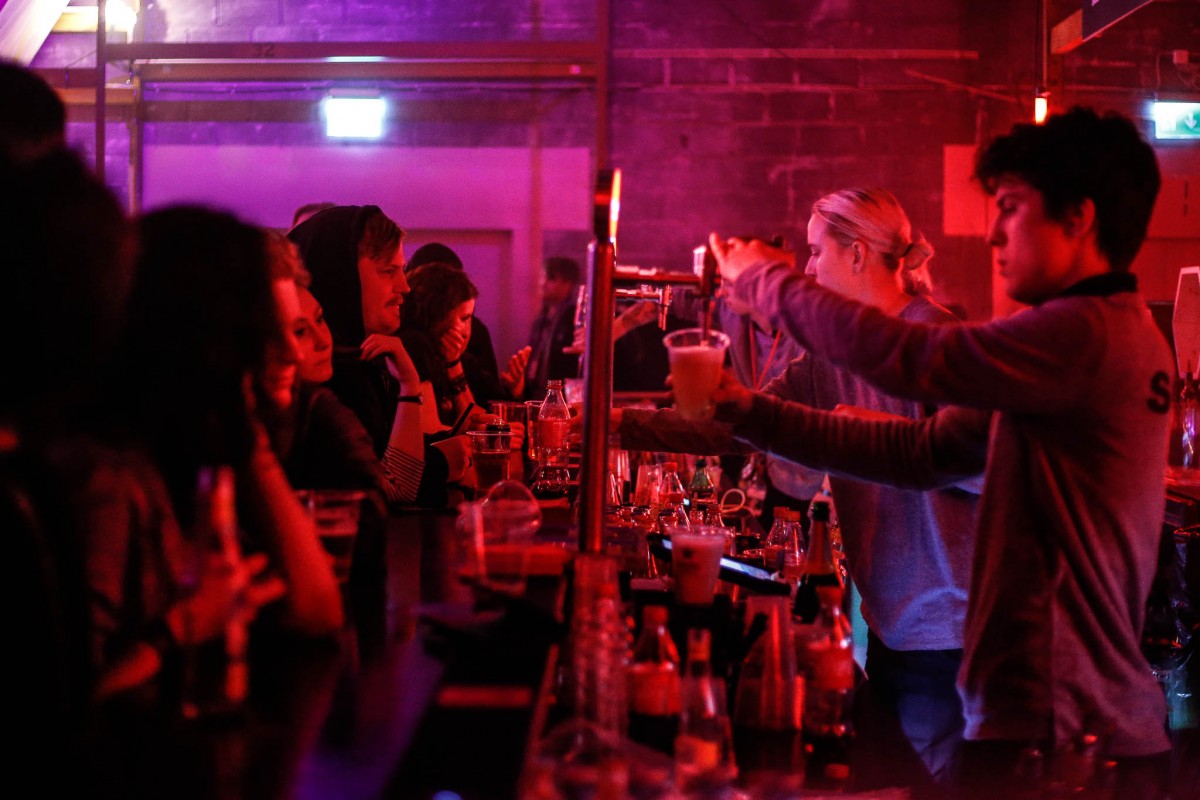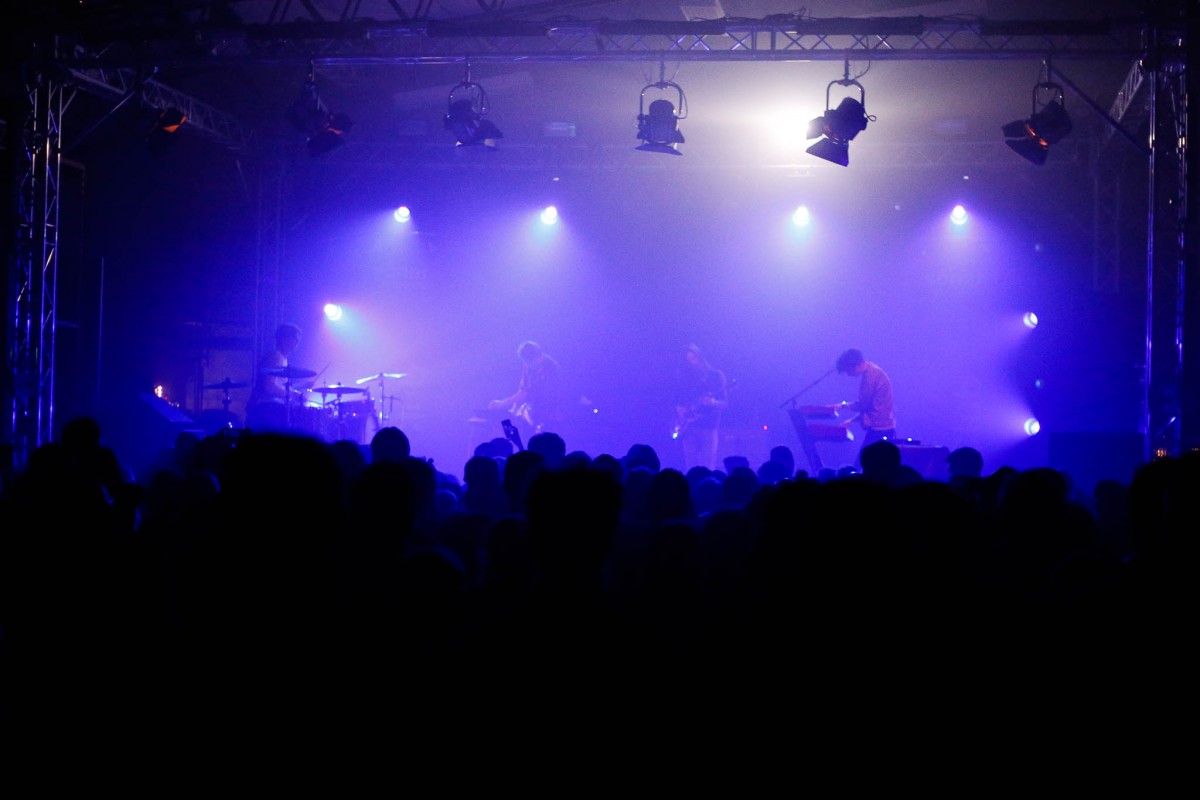The Big Chill: Eight Takeaways from Sonar Stockholm
We don our furriest coat, scarf and mittens combo and check out the third edition of Sonar's Swedish franchise.
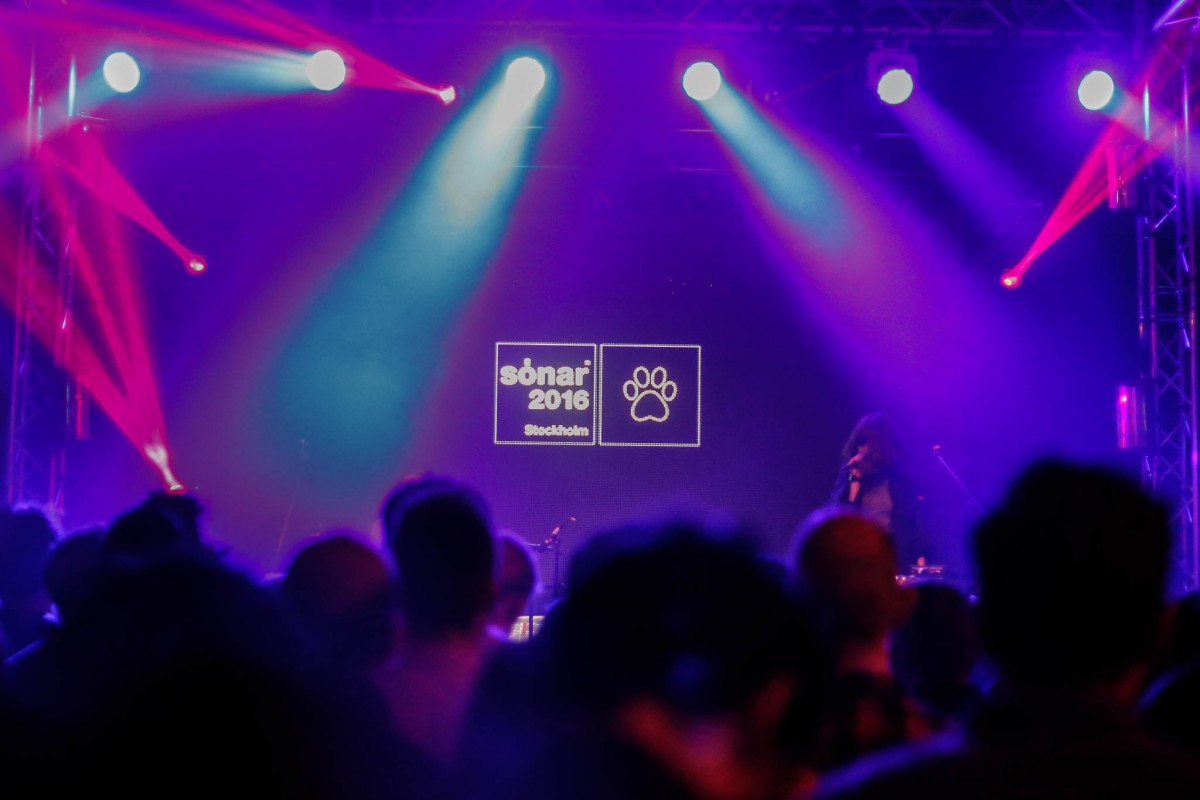
This past weekend XLR8R made the journey to the Swedish capital, Stockholm, to take in the city’s third edition of Sonar. Having looked in on the impressive Reykjavik edition last February, we were keen to see how the other Nordic Sonar franchise stacked up. It would clearly be madness to expect a visit to Stockholm to compare with a visit to Iceland as an overall experience: few places on earth can rival the geothermal wonders to be found a short drive from Reykjavik, and Stockholm, despite being a great city, isn’t one of the places that can. It is fair to compare the two festivals, however, and what we found at Sonar Stockholm was an event with a bill of comparable quality to its Icelandic cousin, hamstrung somewhat by the choice of a less than impressive venue. Still, Sonar Stockholm had its share of upsides as well as downsides, and below we have gathered together eight of our most abiding impressions, both good and bad.
The festival’s new location was inconvenient and expensive to get to
You can’t always expect to land right on a festival’s doorstep, but Sonar Stockholm’s 2016 venue, Nobelberget, was a serious downside to the whole weekend. Situated in an industrial estate miles from the center and inaccessible by public transport (unless a train ride, a connecting tram ride, and then a substantial walk were on your pre-party wishlist), Nobelberget pretty much necessitated paying for one of the Swedish capital’s eye-wateringly expensive cabs.
Without knowing much about the city’s other venues, it’s hard to believe that there isn’t somewhere far better-located that could house Sonar Stockholm. And if there isn’t, then it seems incumbent on the organizers to lay on a shuttle bus system to and from the center in future years. Having to drop $50-plus just getting to a festival venue with the promise of an even pricier ride home in a few hours’ time isn’t exactly an ideal start to a night out, and a lot of other people I spoke to seemed to agree. Sonar Stockholm could get itself an instant shot of goodwill by taking some simple measures to prevent people being put in that position.
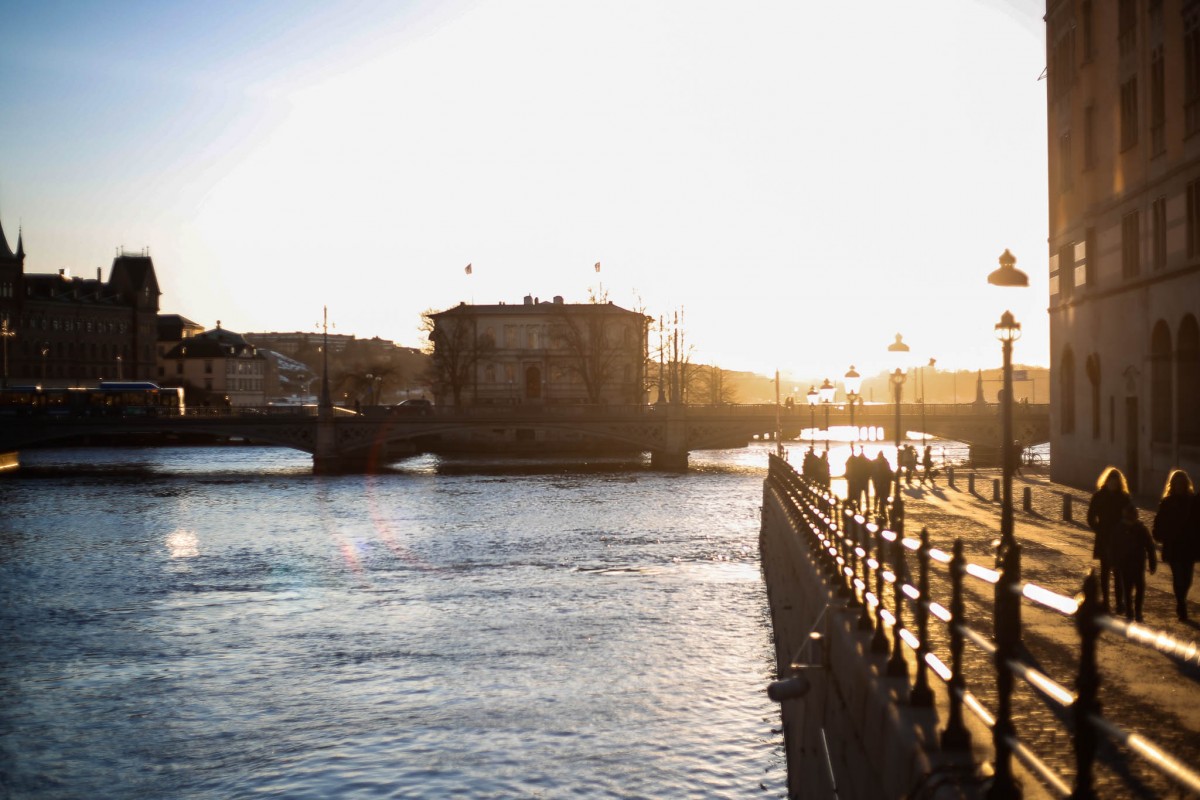
It wasn’t a hugely prepossessing place once you’d emptied your wallet getting there…
Nobelberget seemed a strange choice of venue from the get-go, and a look at the venues for the first two Stockholm Sonars only deepened the mystery. 2014’s was at a centrally located brewery-cum-conference center, and 2015’s was at the architecturally impressive and even more central Waterfront Congress Center, very much Stockholm’s version of the slick Harpa Concert Hall that Sonar Reykjavik has used every year so far. Nobelberget wasn’t awful exactly, but it had a dingy, humdrum quality that on arrival made you wonder if your fifty-buck taxi had taken you to the wrong place, and after a while inside made you vaguely wish that it had. A two-roomed warehouse-like venue housing the larger SonarClub and SonarHall spaces with the smaller SonarLab stage in a tent just outside, Nobelberget felt like the sort of place a successful festival should be moving away from using with time, rather than towards.
Compounding the venue gripes were the security detail, who were over-zealous and quite intrusive—on more than one occasion I saw a guard hoist himself up and peer into a toilet cubicle with absolutely no apparent justification, before dropping down and scurrying away before the wronged party could emerge and ask them what the hell they thought they were doing. Finally, Nobelberget was notable for having without doubt the worst method of separating rooms from each other that I’ve ever seen in a club: horrible PVC-strip butcher’s curtains that were extremely difficult to move through, and always carried a subconscious feeling that you were about to find yourself looking at a long row of pig carcasses on hooks when you finally did. Almost by definition, a festival in a cold country in mid-winter has a far bigger challenge on its hands to ensure that its patrons have fun than one that takes place in summer warmth. Pretty much nothing about Sonar Stockholm’s choice of venue for 2016 did anything to assist the cause.
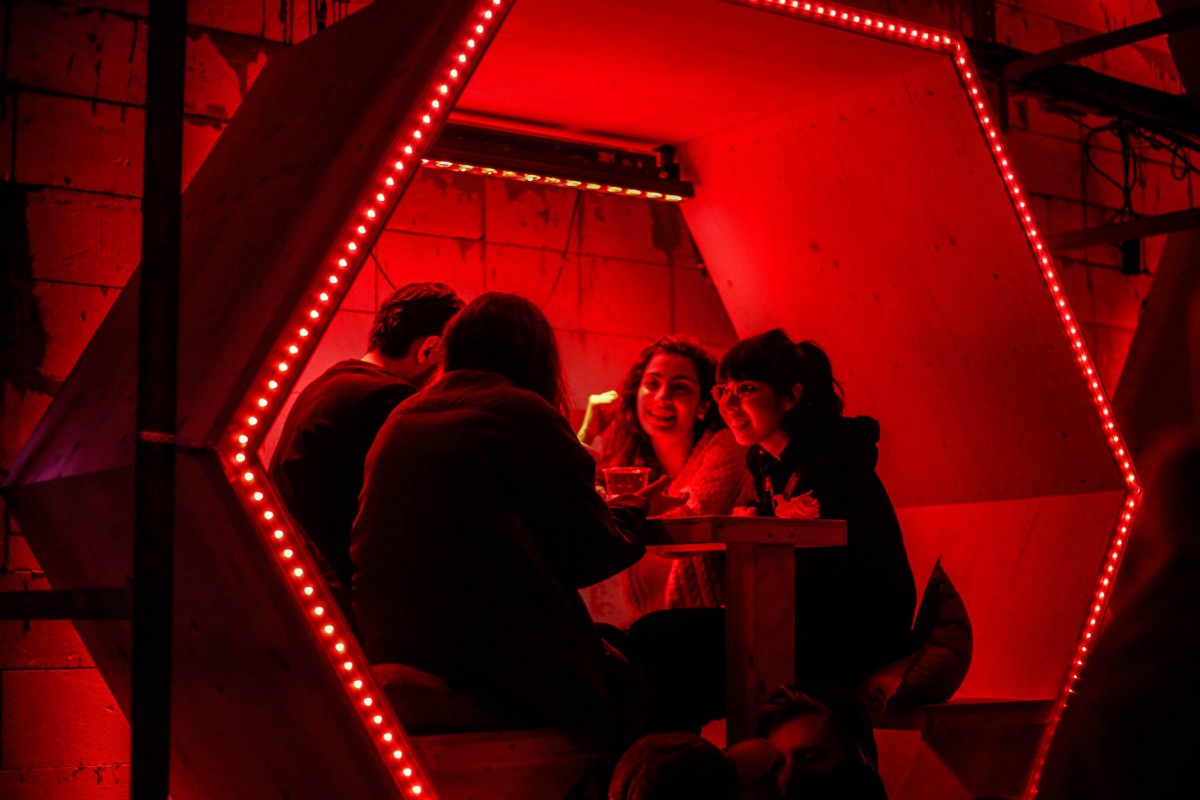
It was very much a weekend of two halves
Sonar Stockholm, more than any festival I’ve been to in a while, took until its closing stretch to get into gear. The first night really was something of a non-event, save for a Holly Herndon live set that we missed most of thanks to the venue’s distant location, and the ever-reliable efforts of The Black Madonna, who delighted a packed SonarHall early on with the likes of “Circus Bells” by Robert Armani and her own “A Jealous Heart Never Rests.” Aside from that Friday night’s pickings were slim, whether it was Drumcode fixture Ida Engberg‘s rather grim techno or Squarepusher‘s punishing noise assault, which would have been enthralling on another day but was simply too much like a winter migraine-in-the-making in what, for reasons delineated above, already felt like a pretty unsympathetic environment.
Saturday, thankfully, was the night the colour came back into Sonar Stockholm’s cheeks, with enlivening offerings throughout in SonarHall, some excellent Swedish bass music and house in SonarLab, and a rock-solid closing three sets in SonarClub. It was a bit of a rough journey at times, but we did eventually finish Sonar Stockholm with smiles on our faces.
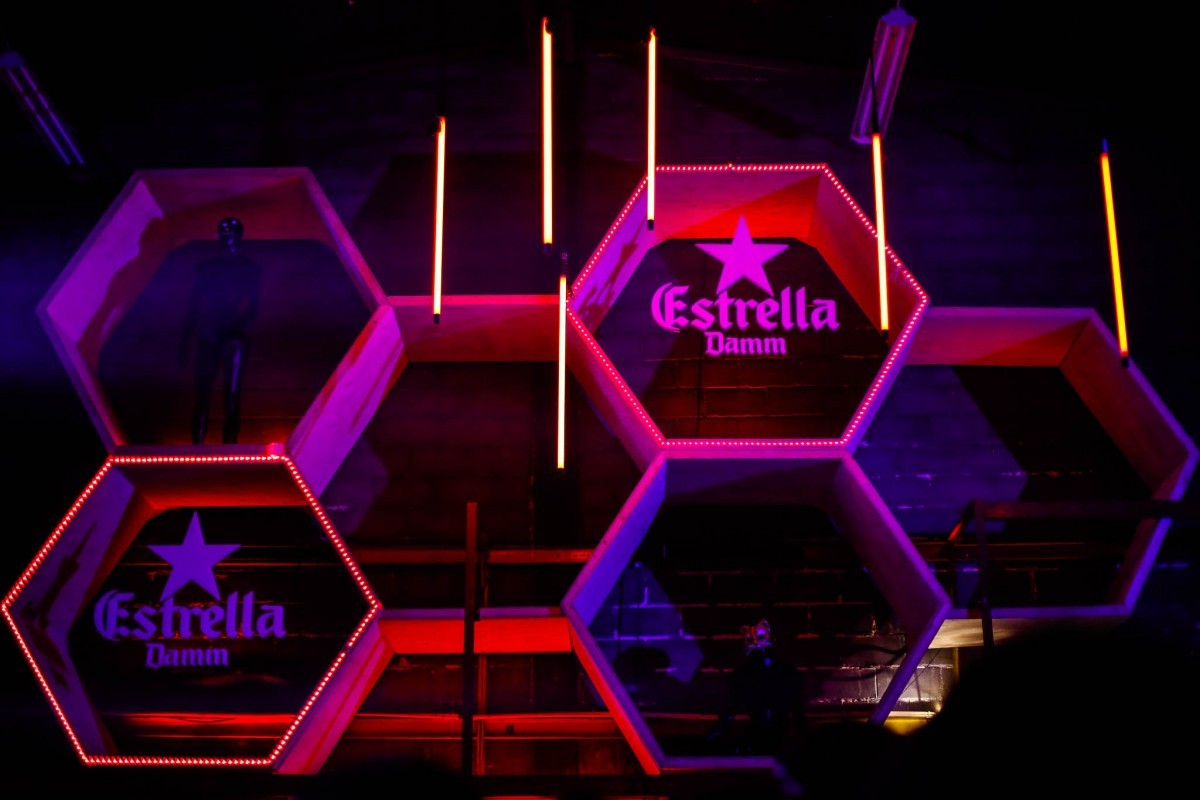
SonarLab was a good place to check out the best Swedish talent on show—if you could keep yourself warm enough
SonarLab was the smallest of the three spaces used by Sonar Stockholm, and being housed in an outside tent during a sub-zero weekend it was also a big call to go there, in spite of its semi-effective heaters. We largely avoided it on the particularly frozen first night, but our spirits and core body temperatures had risen sufficiently by Saturday for us to enjoy the bass-heavy delights of Yung Sherman, and Berlin-based house jock Johanna Knutsson. Both added a welcome streak of Swedishness to the weekend, even if we had to resort to chain-smoking and the nearby Indian food trailer to keep warm.
Jessy Lanza pipped Youth Lagoon as Saturday’s best “pop” offering
Youth Lagoon‘s grand, sweeping pop in SonarClub certainly had its moments early on Saturday, but it was Jessy Lanza‘s set next door in SonarHall that really transfixed us. This was the first time I had seen Lanza play the exquisite electronic pop of Pull My Hair Back, her 2013 debut LP for Hyperdub, and it was one of the weekend’s real treats. Lanza is soon to embark on a long North American tour in support of her longtime friends, Junior Boys. This show, which included a pulsing rendition of the recent single-track release “It Means I Love You,” pointed up what an intuitive match she and the Canadian pair will be.
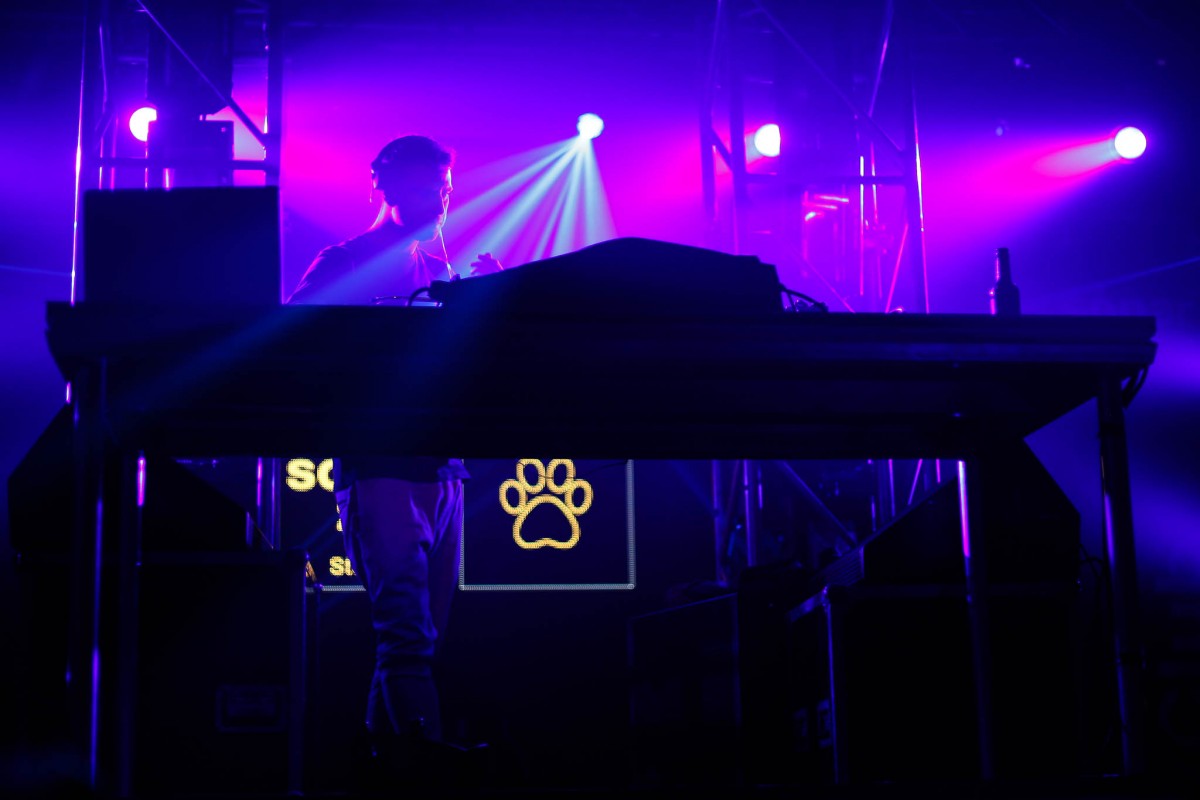
Oneohtrix Point Never’s live sets are just getting better and better
As well as being probably the most musically enthralling thing we saw all weekend, Daniel Lopatin‘s live set on Saturday in SonarHall was also the most complete show visually. I had seen Lopatin present his landmark Garden Of Delete LP a couple of times before this, but the show was noticeably fleshed out from the autumn 2015 shows I had seen, with the addition of a live guitarist adding a lot of extra musical depth and a torrent of abstract projections joining the intense strobes that so complement rapid-blink cuts such as “Ezra” and “Mutant Standard.” A long, squalling end to the set was played out against back projections of strange words and phrases that felt like delightfully incomprehensible end-credits to a film. Lopatin in action is always a compelling sight; at Sonar Stockholm he was probably the most compelling sight of all.
A Glasgow one-two finished Sonar with a bang
SonarClub was the place to be for much of Saturday night, especially during the festival’s home stretch, and two high-profile products of Glasgow were responsible. Hudson Mohawke‘s set was characteristically Kanye-heavy, but also detoured thrillingly into the likes of “Hard” by SOPHIE. Pro-celebrity festival closer Jackmaster, meanwhile, peppered his set with Detroit techno classics, rave and a welcome big-room return for Ricardo Villalobos and Butch‘s “Up.” Both added much to a Saturday night that largely found Sonar Stockholm closing on a positive note.
Sonar Stockholm is certainly worth a look, but only after you’ve done Sonar Reykjavik
“It’s good, but it’s not Reykjavik,” confided a Sonar-affiliated friend and proud Stockholm native as we discussed the relative merits of the two Nordic Sonars soon after I arrived. That statement pretty much covers it when it comes to the overall experience, and a first-timer choosing between one of the two February Sonars should unequivocally make Reykjavik their first priority. Stockholm is a beautiful and vibrant place in its own way, however, and if some common sense breaks out between now and 2017 with regard to venues, then there’s no reason why Sonar Stockholm 2017 can’t be an excellent little winter distraction too.
All photos provided by Maria Cristina.

